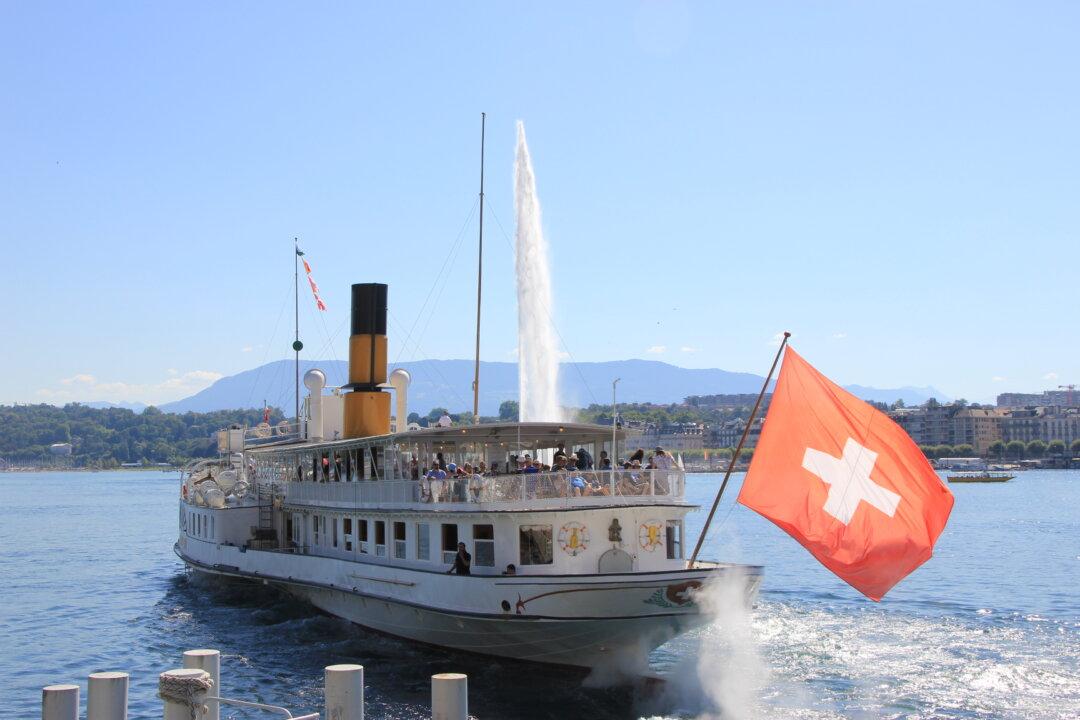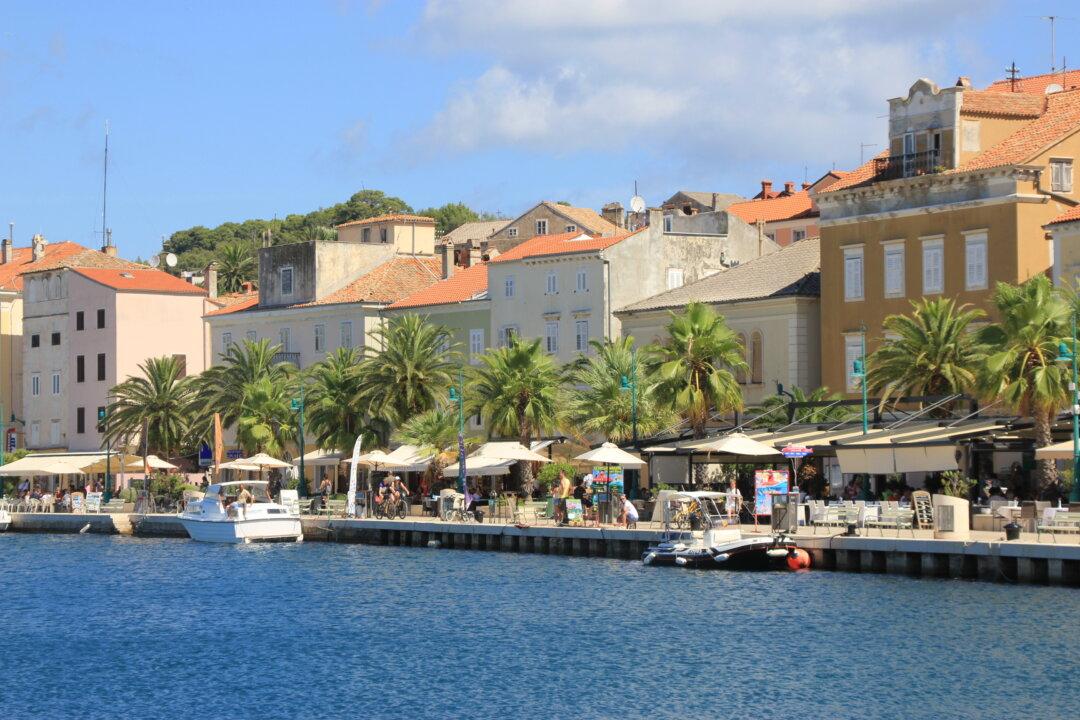The island of Lanzarote, part of Spain’s Canary Islands off the west coast of Africa, is for many European budget tourists synonymous with cookie cutter resort towns and all-inclusive holiday packages.
The truth is that the island’s volcanic origins and rain-free climate result in a unique environment, acknowledged by UNESCO with a Biosphere seal in 1993. Add to this a spectacular landscape, few crowds, year round sunny weather, excellent seafood, and the mind-boggling heritage of an artistic genius, and you have the perfect ingredients for a one-week vacation. My husband and I certainly thought so.
We based ourselves in Costa Teguise, Lanzarote’s former capital. Getting around was easy—five beaches were right at our doorstep and the nightlife was vivid—but in order to experience the real Lanzarote we had to get out of town. While buses connect the bigger cities and are inexpensive, many tourist sites were not accessible by public transport, so we decided to book a rental car.
One Man, One Mission
Sooner or later every visitor to the island comes across César Manrique (1919-1992) or rather his extensive body of work. Born on Lanzarote, Manrique was a multitalented artist whose heritage is visible everywhere, from wind sculptures on roundabouts to a garden with 1,100 cactus species to Mirador del Río, a spectacular viewpoint in the north.
He also had a great influence on urban development, helping Lanzarote resist the billboard and high-rise despoilment by ensuring it kept primarily to its traditional whitewashed houses and low-rise buildings. Manrique once said: “When I returned from New York, I came with the intention of turning my native island into one of the more beautiful places on the planet, due to the endless possibilities that Lanzarote had to offer.”
Life in a Lava Bubble
There are seven tourist centres in Lanzarote created by Manrique, and as the island is only 60km (37 miles) long by 21km (13 miles) wide, it is doable to see them all in the course of 2-3 days. My favourites were Los Jameos del Agua and Fundación César Manrique. Both are astonishing creations of architecture reflecting a symbiosis between nature and art.
Los Jameos del Agua is a partially collapsed lava tube and cave system, which Manrique developed in the 1960s into a concert hall, night club, and underground pond. With an abundance of stalactites, stalagmites, and water systems, Jameos del Agua is also home to a unique species of blind white crab. The whole complex reminded me of a Bond villain’s lair, and I could almost imagine the albino crabs were evil pets ready to jump out of the pond to eat me alive.
The artist’s private residence, now home to the Fundación César Manrique, is built on an outcrop of lava, on top of five natural volcanic bubbles. The upper floor is inspired by the traditional architecture of Lanzarote, while the central volcanic bubble features a large relaxation area with a swimming pool, dining room, and barbeque. I was fascinated by this house and absolutely loved the volcanic ceiling and walls, though at the same time I could not shake the claustrophobic feeling of being underground in a lava bubble.
Timanfaya National Park
As the entire island of Lanzarote is volcanic, we decided to get up and close with the forces of nature at Timanfaya National Park, famous for its alien landscape and rare plants. The Montañas del Fuego (Fire Mountains) in the park were created between 1730 and 1736, and again in 1824, when several volcanoes erupted and devastated this part of the island. This long eruption process drastically changed the morphology of the island, leaving a quarter of it almost completely buried under a thick layer of lava and ash.
After arriving at the car park, we were given a demonstration of how hot the earth was only a few feet below the surface (400 ºC to 593 ºC). A piece of dry bush was thrown into a hole, catching fire immediately, while water poured into a borehole erupted only seconds later in the form of steam. It was not possible to walk around the park freely, but a coach trip along the most scenic highlights was included in the entrance fee.
Riding a Camel
A popular activity in Lanzarote is a guided ride on a camel and conveniently, the Echadero de los Camellos was located just off the main road. I am not a big fan of (literally) herded tourist activities, but I had never been on a camel before and could not resist trying this new experience. Before long, my husband and I were seated left and right of the hump. The camel was very patient, but when it lurched forward to stand up, the saying for better or worse took on a whole new meaning.
Slowly our group of around ten camels climbed the south side of the Volcán de Timanfaya. The camel’s gait was steady and calm, but strange somehow. I can hardly hold myself on top of a slowly walking horse, and here I had no measure of controlling the animal but was confined to my seat instead. But any fear of falling down was unjustified, as the camels just followed the well-worn track and occasionally grunted at each other. The ride took around 20 minutes after which I was happy to jump in my four-wheeled transportation again!
Time on the island was full of life and surprises. During our stay we strolled through artisan markets in picturesque villages, dug our feet in white and black sand beaches alike, sampled wine in boutique vineyards (bodegas), and learned to look twice at the artworks in the middle of roundabouts.
Wibke Carter hails from Germany, has travelled the world, and presently enjoys life in New York City.





